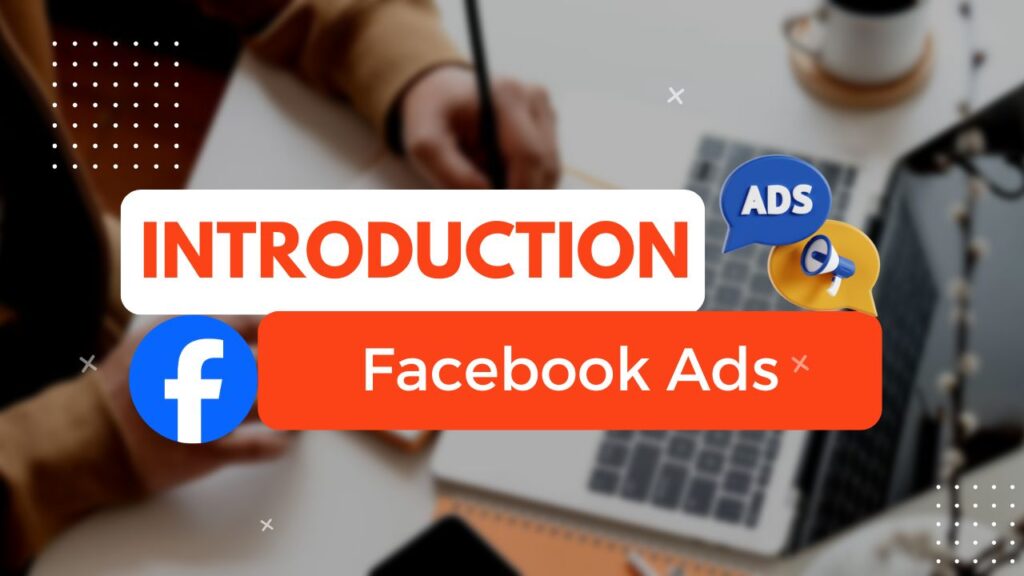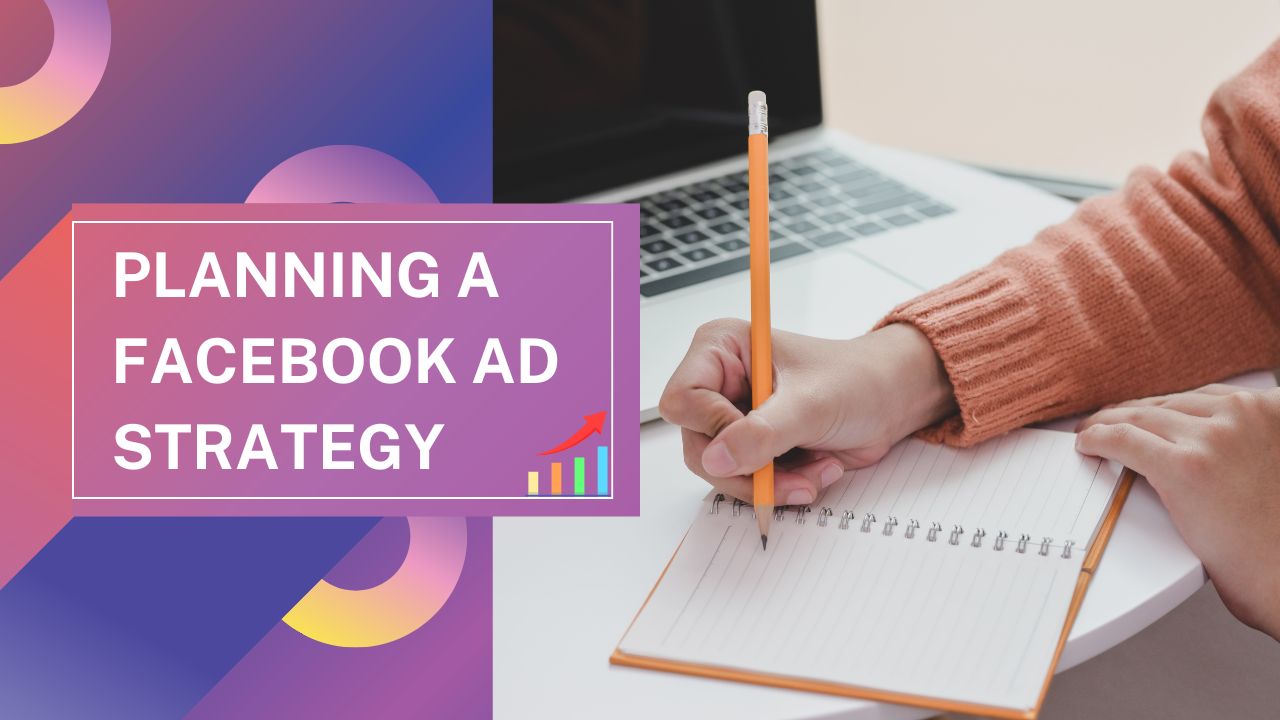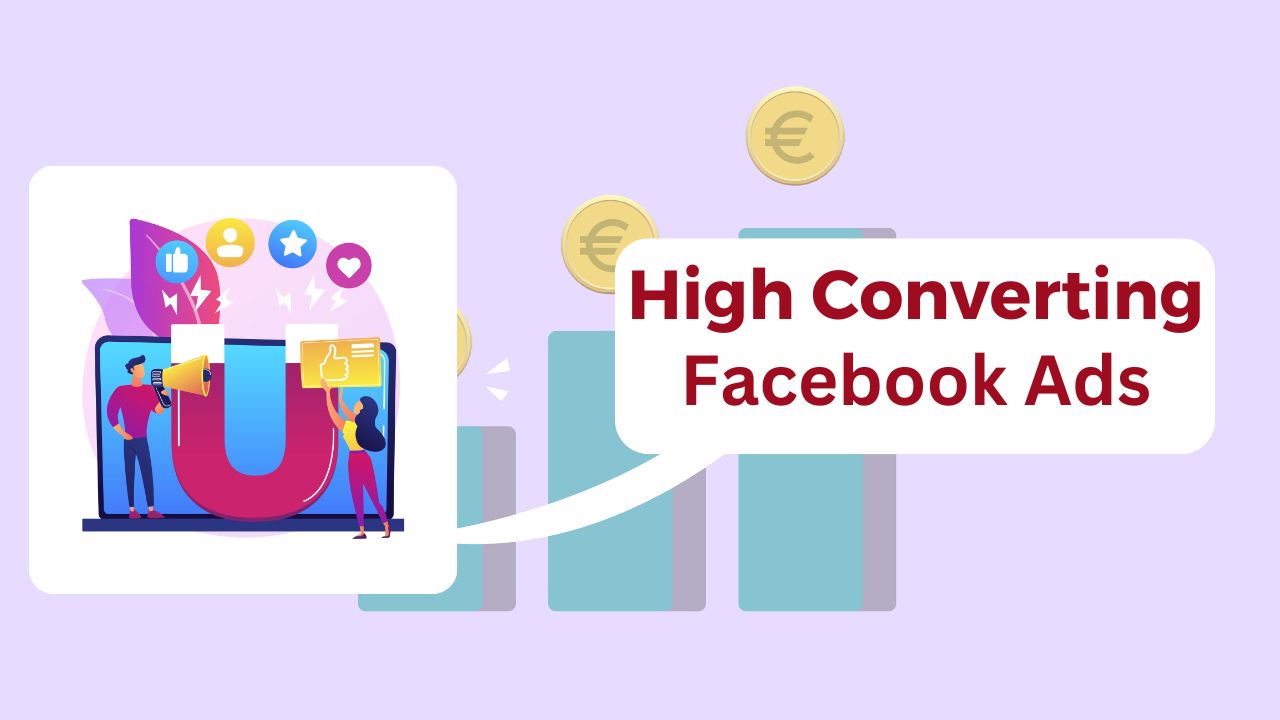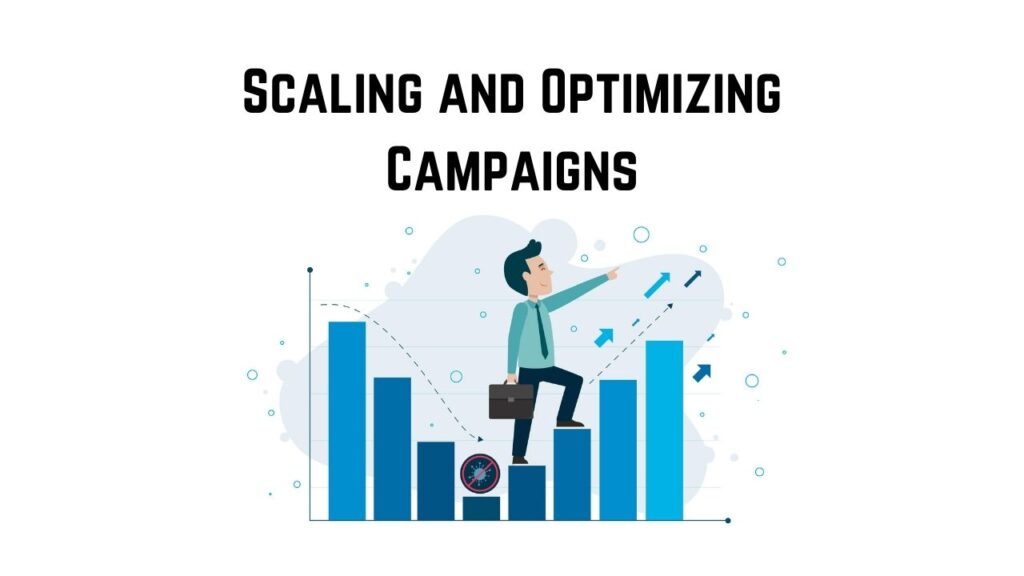
Introduction
1.What Are Facebook Ads?
Facebook Ads are a paid advertising solution offered by Meta (formerly Facebook) to help businesses reach their target audience. With over 2.8 billion active users globally, Facebook provides an unparalleled opportunity for businesses to connect with potential customers. These ads appear in various placements, including News Feeds, Stories, and Messenger.
2.Why Facebook Ads Are a Game-Changer for Businesses?
From small businesses to global corporations, Facebook Ads offer scalability, precise targeting, and measurable results. Whether you’re looking to increase brand awareness, drive traffic, or boost sales, Facebook Ads provide a cost-effective way to achieve your business goals. They are accessible for all industries and budgets, making them indispensable in any modern marketing strategy.
3.Understanding Facebook Ads
Facebook uses an auction-based system to deliver ads. Advertisers bid for ad placements, and the platform determines the winner based on the bid amount, ad quality, and user relevance. This ensures that the ads shown to users are highly relevant to their interests.
4.Types of Facebook Ads
1.Image Ads: Perfect for showcasing a product or service with a single, compelling image.
2.Video Ads: Ideal for storytelling or demonstrating a product in action.
3.Carousel Ads: Allow advertisers to display multiple images or videos in a single ad, ideal for showcasing a range of products.
4.Collection Ads: Feature a cover image or video with several product images, perfect for mobile users.
5.Lead Ads: Designed to capture user information directly from the ad.
5.Facebook Ad Objectives
- Awarenes Planning a Facebook Ad Strategy: Build brand recognition and reach a wide audience.
- Consideration: Encourage users to engage, visit your website, or install your app.
- Conversion: Drive specific actions like purchases, sign-ups, or leads.
6.Planning a Facebook Ad Strategy

Defining Your Business Goals
Start by clarifying your objectives. Use the SMART framework (Specific, Measurable, Achievable, Relevant, Time-bound) to ensure your goals are well-defined. For example, a goal might be to increase online sales by 20% within three months using Facebook Ads.
7.Understanding Your Target Audience
Facebook Audience Insights is an invaluable tool for identifying your audience’s demographics, interests, and behaviors. Build audience personas to create ads that resonate with your potential customers.
8.Choosing the Right Ad Format
Different goals require different ad formats. For instance:
- Use video ads for storytelling.
- opt for carousel ads to showcase multiple products.
- Select lead ads to capture contact information.
9.Setting a Budget for Success
Facebook offers two main budget options:
1.Daily Budget: Caps the amount spent each day.
2.Lifetime Budget: Sets a maximum for the entire campaign duration.
Start small and scale as you identify what works. Allocate funds strategically based on campaign performance.
10.Ad Placements
Choose between automatic and manual placements. Automatic placements allow Facebook to optimize delivery across various channels, while manual placements let you focus on specific locations like News Feeds or Stories.
11.Creating High-Converting Facebook Ads

Crafting Compelling Ad Copy
The right words can make all the difference. Focus on attention-grabbing headlines, clear messaging, and strong calls to action (CTAs). Address your audience’s pain points and highlight the benefits of your product or service.
12.Designing Eye-Catching Visuals
High-quality visuals are non-negotiable. Use vibrant colors, clear branding, and relatable imagery. For videos, keep them short and engaging, ideally under 15 seconds.
13.Using A/B Testing to Refine Ads
A/B testing involves running multiple versions of an ad to determine what works best. Test variables like visuals, headlines, CTAs, and placements. Use the data to refine your approach.
14.Measuring Success
Key Metrics to Track
To ensure your campaigns are successful, it’s crucial to monitor the right metrics:
- Click-Through Rate (CTR): Measures how many users clicked on your ad after seeing it.
- Cost Per Click (CPC): Shows how much you’re spending per click.
- Cost Per Mille (CPM): Represents the cost for every 1,000 impressions.
- Return on Ad Spend (ROAS): Indicates the revenue generated per dollar spent.
- Engagement Metrics: Includes likes, shares, and comments, helping you gauge audience interaction.
Tracking these metrics helps assess performance and identify areas for optimization.
15.Using Facebook Ads Manager
Facebook Ads Manager is your go-to tool for tracking performance. This dashboard allows you to:
- Monitor campaign results in real time.
- Adjust budgets and bids.
- Create and export detailed reports for analysis.
16.Scaling and Optimizing Campaigns

Once you’ve identified what works, it’s time to scale:
- Horizontal Scaling: Expand your audience by targeting new demographics or regions.
- Vertical Scaling: Increase your budget to boost ad exposure without changing the audience.
Be cautious when scaling to ensure the quality of leads and conversions remains high.
17.Optimizing Underperforming Ads
If your ads aren’t performing as expected, pinpoint the problem areas:
- Revisit Targeting: Ensure your audience is relevant and specific.
- Tweak Ad Creative: Update visuals, headlines, or CTAs to make them more appealing.
- Adjust Budget Allocation: Allocate more resources to better-performing campaigns or ad sets.
Regular analysis and testing will help improve underperforming ads over time.
18.Industry-Specific Strategies
E-commerce and Retail
For e-commerce businesses, Facebook Ads can be a game-changer. Use:
Dynamic Product Ads: Automatically show products to users based on their browsing behavior.
Retargeting: Remind potential customers about items they’ve viewed or added to their cart.
Seasonal Promotions: Leverage holidays or sales events to drive urgency and boost conversions.
19.Service-Based Businesses
Service providers can use Facebook Ads to showcase expertise and attract leads:
- Highlight testimonials or case studies to build credibility.
- Use lead generation ads to capture potential clients’ contact information.
- Promote educational content like webinars or free consultations.
20.B2B Businesses
For B2B companies, the focus is on nurturing long-term relationships:
- Retargeting: Engage users who’ve visited your website or interacted with your content.
- Share thought leadership content, such as whitepapers or industry reports, to establish authority.
21.Common Mistakes to Avoid
Overlooking Audience Segmentation
Targeting a broad audience might seem like a good idea, but it often leads to wasted ad spend. Narrow your focus by segmenting audiences based on demographics, interests, or behaviors.
Ignoring Analytics
Without tracking results, it’s impossible to know if your strategy is working. Regularly review performance metrics and adjust accordingly.
Conclusion
Final Thoughts on Facebook Ads
Facebook Ads are a powerful tool that can transform businesses in any industry. By understanding how the platform works, setting clear goals, and crafting targeted campaigns, you can effectively connect with your audience and achieve measurable results.
The Future of Advertising on Facebook
As the platform evolves, expect more advanced targeting options and creative formats. Staying updated on the latest trends and features will keep your campaigns ahead of the curve.
The cost of Facebook ads depends on factors like your target audience, ad objectives, and bidding strategy. On average, businesses spend $0.50–$2.00 per click, but costs can vary.
Industries like e-commerce, retail, education, and real estate see significant benefits. However, any business with a clear target audience can succeed with Facebook Ads.
Results can vary based on campaign objectives and budgets. While some businesses see results within days, others may require weeks of optimization to achieve their goals.
Absolutely! Facebook Ads are budget-friendly and offer precise targeting, making them an excellent choice for small businesses looking to grow their audience and sales.
Regular testing and optimization are key. Focus on refining your audience targeting, improving ad visuals, and monitoring performance metrics to ensure success.

Wishing you happiness every day.